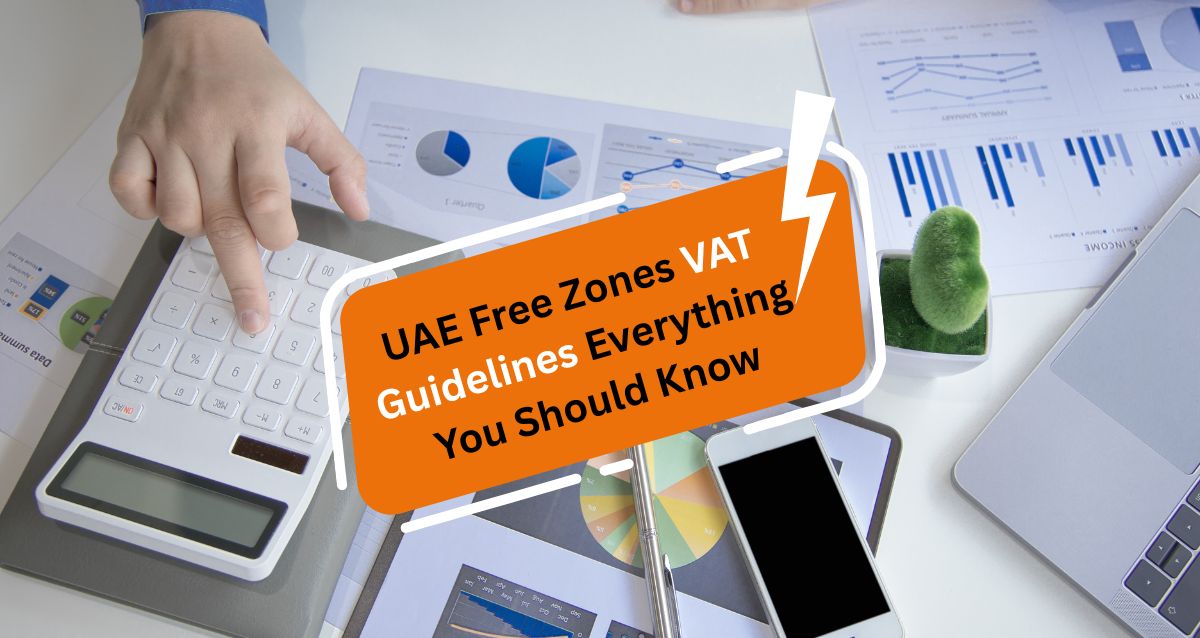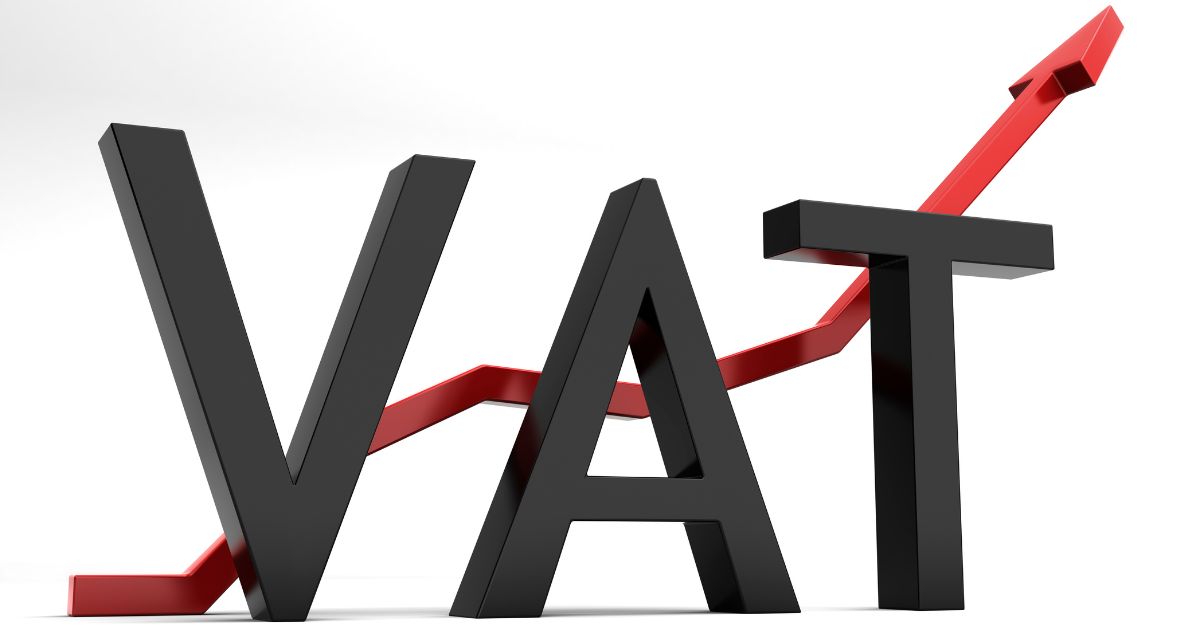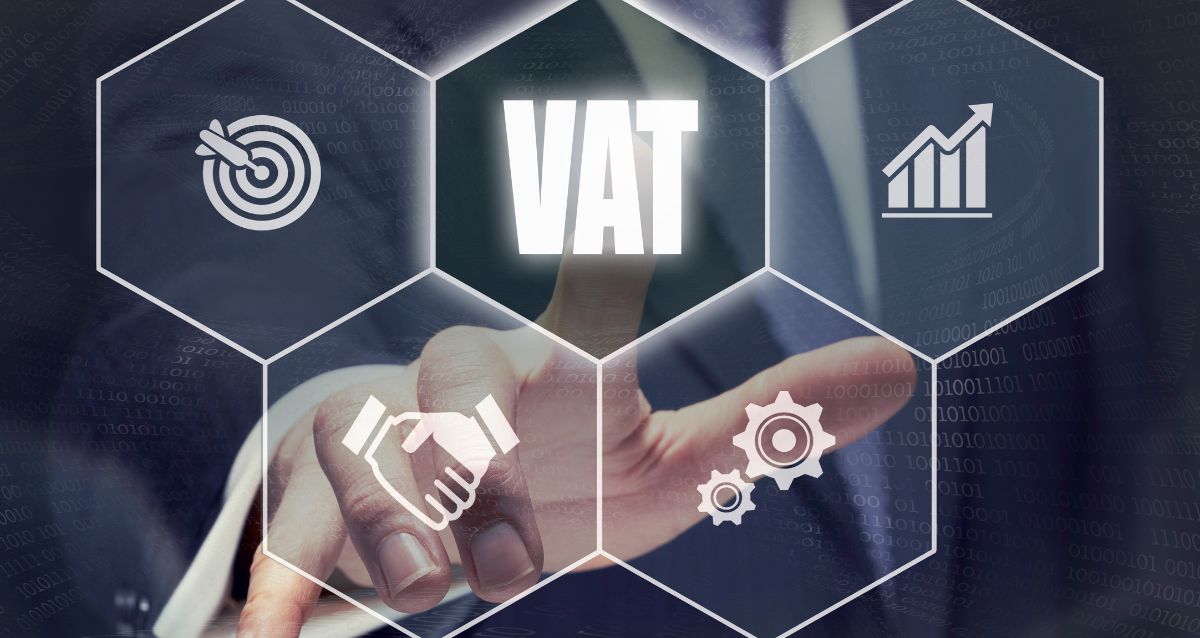Everything About VAT Guidelines for Doing Business Within UAE Free Zones
Mandated by the Federal Decree-Law No. 8 of 2017 and its regulatory guidelines, the United Arab Emirates (UAE) value-added tax (VAT) framework implements specific? provisions for designated zones. These designated zones are widely recognised as designated free zones. These provisions work toward harmonising with internationally established norms, all while upholding the competitive edge of these free zones. However, in certain cases, these zones are recognised as outside the UAE for VAT reasons, although they are situated within the UAE.
In this blog, let us dive deep into what these designated free zones exactly are, how VAT views the supplies within and from these zones, and the speci?cs that businesses operating in these zones must recognise.
1. What Are Designated Zones?
Designated zones are certain free zones identified by a cabinet decision that adhere to the defined parameters. These zones are addressed as being outside of the UAE for VAT reasons in the context of goods supply, but not consistently for services.
- They are fenced, with security and customs controls in place.
- They have internal procedures for the movement of goods.
- They comply with the conditions set by the FTA.
2. Key Concept: The Status of Value-Added Tax (VAT) "Outside the UAE"
Due to the VAT reasons on goods, the designated zones, which are within the UAE, are recognised to be outside of the UAE territory. However, this only applies when the goods are not made available within the UAE mainland. This would lead us to believe that
- Goods supplied from one designated zone to another are usually outside the scope of UAE VAT.
- UAE VAT does not apply to goods imported into a designated zone, given that they stay within the zone.
Although this unique status is not relevant to services. Supplies of services in a designated zone are usually per a UAE VAT of 5%, unless explicitly waived.
3. VAT Treatment of Goods Supplied Within Designated Free Zones. We will understand the above-mentioned point using the following
situations: Situation A: the supply of goods within the same designated zones
This is a scenario in which Company 1 supplies goods to Company 2 within the designated zone.
Here, the VAT treatment would be such that as long as the goods aren't leaving the designated zone, the supply is considered outside the scope of VAT.
For example, Company 1 and Company 2 are both registered in Jebel Ali Free Zone (JAFZA), and goods remain within JAFZA.
Situation B: The supply of goods between two designated zones
Under this scenario, the goods are being transferred to two separate designated zones. Here, the VAT treatment would still be considered outside the scope of VAT. However, that is only if the following requirements are met:
- The goods move directly between the Designated Zones.
- The movement is under customs control.
- Sufficient evidence and documentation are retained.
For example, goods moved from Dubai Airport Free Zone (DAFZA) to KIZAD under customs supervision.
4. VAT Treatment When Goods Leave a Designated Zone
Here, the usual VAT rules apply as soon as the goods leave the designated zone and enter the UAE mainland. Let us look further into the point with yet another situation.
Situation C: Goods supplied to the mainland UAE
In this given scenario, the VAT treatment will be at UAE VAT 5%. Although if the supplier is registered, then they may be subject to the VAT in the regular mode, whereas if the supplier isn't registered, then they may be subject to self-accounting with the use of the reverse charge mechanism.
For example, a company in JAFZA sells goods to a business in the Dubai mainland.
5. VAT Treatment of Services in Designated Zones
In the case of services, we shall see that it is treated differently from that of goods. For services, regardless of whether the supplier or recipient is in the same designated zone, they will always be considered as being supplied inside of the UAE.
Situation D: Services Supplied Within the Same Designated Zone
In this instance, only if the supply is qualified for a zero rating will the VAT treatment be considered for 5% VAT.
For example, a logistics provider in DAFZA provides warehousing services to another company in DAFZA-VAT applies at 5%.
6. Registration Requirements for Businesses in Designated Zones
Businesses that function inside the designated zones must evaluate the following:
- VAT registration thresholds: If taxable supplies (including those to the UAE mainland) exceed AED 375,000 in 12 months, VAT registration is mandatory.
- Mixed transactions: Many businesses in Designated Zones have customers in mainland UAE, meaning they often must register for VAT.
- Import/export compliance: Proper customs documentation and shipping evidence are important to support VAT treatment, especially when claiming an "outside the scope" status.
7. Documentation and Compliance
The federal tax authority requires sufficient evidence for the below:
- Direct movement of goods between designated zones.
- Customs documentation showing entry and exit.
- Proof of location of supply and storage.
- Invoices and contracts indicate the place of delivery and the parties involved.
It would be advisable to note that failure to present adequate documents may lead to the rejection of zero rating or VAT relief, also leading to the imposition of penalties.
8. Common Misunderstandings
You may find three very common myths, which we have cleared below.
The first myth is that all transactions in designated zones are VAT-free, which is highly incorrect unless and until, under specific conditions, only a few transactions in goods are seen outside the scope of VAT, and services in most cases are taxable.
The second myth says that Designated Zone companies don't need to register for VAT, which is not true. Based on a company's total taxable supplies, which include exports and mainland sales, they need to be registered for VAT in these zones.
The third and final myth is that all free zones are designated zones. Wrong. Only zones listed in Cabinet Decision No. 59 of 2017 (as updated) qualify. This list is updated by the FTA consistently.
9. Updated List of Designated Zones (2024 Edition)
Some of the key Designated Zones include:
- Jebel Ali Free Zone (JAFZA)
- Dubai Airport Free Zone (DAFZA)
- Khalifa Industrial Zone Abu Dhabi (KIZAD)
- Sharjah Airport International Free Zone (SAIF Zone)
- Hamriyah Free Zone
- RAKEZ - Al Ghail Industrial Zone
Always refer to the latest list issued by the UAE Cabinet and published on the FTA website.
10. Concluding Thoughts
Although being within the designated free zones provides strategic tax positioning, it is also very important for a business to follow correct VAT treatment. It is key to understand whether they supply goods or services. Keep clear records and shipping documentation. Register for VAT wherever applicable. Check whether the movement passes for the outside-the-scope treatment. As mentioned earlier in this blog, a failure to follow either of these may lead to penalties and loss of input VAT.
Have Questions? Our Experts Are Here to Help!
At Flying Colour Tax Consultant LLC, we help businesses in free zones on how to stay VAT compliant while increasing efficiency. From VAT registration and licensing to transactional advisory, our experts ensure you're on the right path of the law.
To learn more about UAE Free Zones VAT Guidelines Everything You Should Know, book a free consultation with one of the Flyingcolour team advisors.
Disclaimer: The information provided in this blog is based on our understanding of current tax laws and regulations. It is intended for general informational purposes only and does not constitute professional tax advice, consultation, or representation. The author and publisher are not responsible for any errors or omissions, or for any actions taken based on the information contained in this blog.


